“Legend of the Condor Heroes” (《射雕英雄传》) — A Comprehensive English Guide for Global Readers
By Jin Yong (Louis Cha) • Translated and Annotated for Cultural Context
Core Translation & Expanded Context
Original Title: 《射雕英雄传》 (Shè Diāo Yīng Xióng Zhuàn)
English Title: Legends of the Condor Heroes
Author: Jin Yong (pen name of Louis Cha, 1924–2018)
Genre: Wuxia (Martial Heroism) Fiction
Series: First of the “Condor Trilogy,” followed by The Return of the Condor Heroes and The Heaven Sword and Dragon Sabre
Translator: Anna Holmwood (2018 English edition)
Cultural Significance: Often dubbed “China’s Lord of the Rings“, blending myth, history, and philosophy.
Plot Summary
Set during the Southern Song Dynasty (1127–1279 CE), the novel follows Guo Jing—a humble, morally steadfast hero—and Huang Rong, his witty and resourceful partner. Their journey spans from the Mongolian steppes to the martial arts sects of China, intertwining with historical events like the rise of Genghis Khan and the Jin-Song wars.
Key Plot Points:
- Origins of Conflict:
- Two patriots, Guo Xiaotian (Skyfury Guo) and Yang Tiexin (Ironheart Yang), are betrayed by the Jin Empire. Their unborn sons, Guo Jing and Yang Kang (later raised as a Jin prince), are destined to clash.
- The Taoist monk Qiu Chuji initiates a bet: Guo Jing will be mentored by the “Seven Freaks of the South,” while Yang Kang trains under the villainous Qiu Qianren.
- Guo Jing’s Growth:
- Raised in Mongolia under Genghis Khan, Guo learns loyalty and archery but remains culturally Chinese. His moral core contrasts with Yang Kang’s ambition.
- Huang Rong, daughter of the eccentric Huang Yaoshi (Eastern Heretic), uses her intelligence to navigate martial arts politics, aiding Guo Jing’s quest for justice.
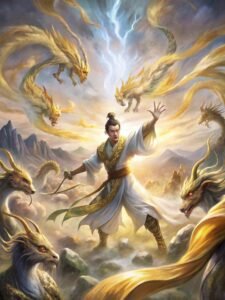
- Climactic Battles:
- The Huashan Sword Tournament pits heroes against villains, culminating in Guo Jing mastering the Eighteen Dragon-Subduing Palms (降龍十八掌, The 18 Palm Attacks to Defeat Dragons).
- Themes of national identity and sacrifice peak as Guo Jing chooses to defend Song China against Mongol conquest.
Cultural & Linguistic Adaptation
Translator’s Strategies:
- Character Names:
- Guo Jing (郭靖): Retained as Guo Jing (meaning “Serenity”) to preserve cultural authenticity.
- Huang Rong (黄蓉): Translated as Lotus Huang (蓉 = lotus), emphasizing her purity and resilience.
- Yang Kang (杨康): Renamed Prince Wanyan Honglie in Jin contexts, reflecting his dual identity.
- Martial Arts & Terminology:
- Nine Yin Skeleton Claw (九陰白骨爪): Direct translation with footnotes explaining its Taoist origins (The Nine Yin Manual).
- Beggar Sect (丐幫): Translated plainly but contextualized as a brotherhood of spies and warriors.
- Poetic References:
- Opening poem:
“Untended, the peach blossoms still open;
As fallow fields of tobacco draw the crows…”- Reflects Jin Yong’s use of classical poetry to foreshadow chaos and resilience.
- Opening poem:
Themes Explained for Western Audiences
- “Xia” (俠) vs. “Hero”:
- Unlike Western heroes motivated by personal glory, Guo Jing embodies xiá (俠)—altruistic justice. His motto: “Fight for the weak, uphold righteousness”.
- Historical Parallels:
- The Jin Empire (Jurchen) mirrors colonial oppression, while Genghis Khan’s Mongols symbolize both ally and existential threa.
- Philosophical Layers:
- Taoist-Buddhist Conflict: The Quanzhen Sect (Taoist) vs. Tibetan Buddhists like Jinlun Fawang highlight spiritual rivalries.
- Confucian Ethics: Guo Jing’s loyalty to mentors and nation reflects Confucian “five relationships”.
English Editions & Supplementary Materials
- Translations:
- Anna Holmwood’s 2018 Edition: Praised for balancing readability and cultural fidelity. Example:
“You consider me too poor to eat here?” Huang Rong taunts, showcasing her cunning through food symbolism. - Legacy Translations: Earlier attempts (e.g., 1994三联版) were more literal but less accessible.
- Anna Holmwood’s 2018 Edition: Praised for balancing readability and cultural fidelity. Example:
- Adaptations:
- TV Series: 1983 TVB version (starring Weng Meiling as Huang Rong) is iconic; 2017 mainland remake available with English subtitles.
- Stage: 2014 martial arts dance drama (Hubei Theater) blends wuxia with contemporary choreography.
- Further Reading:
- “Jin Yong and the World of Wuxia” (Cambridge University Press): Analyzes his impact on global literature.
- “The Tao of Wuxia”: Explores philosophical roots of martial arts tropes.
Why Western Readers Should Care
- Universal Themes: Love (Guo Jing/Huang Rong’s partnership), identity crises (Yang Kang’s duality), and resistance to tyranny resonate across cultures.
- Influence on Pop Culture: Inspired Crouching Tiger, Hidden Dragon and Netflix’s Marco Polo.
- Ethical Complexity: Villains like Ouyang Feng (Western Poison) defy black-and-white morality, reflecting Machiavellian realism.

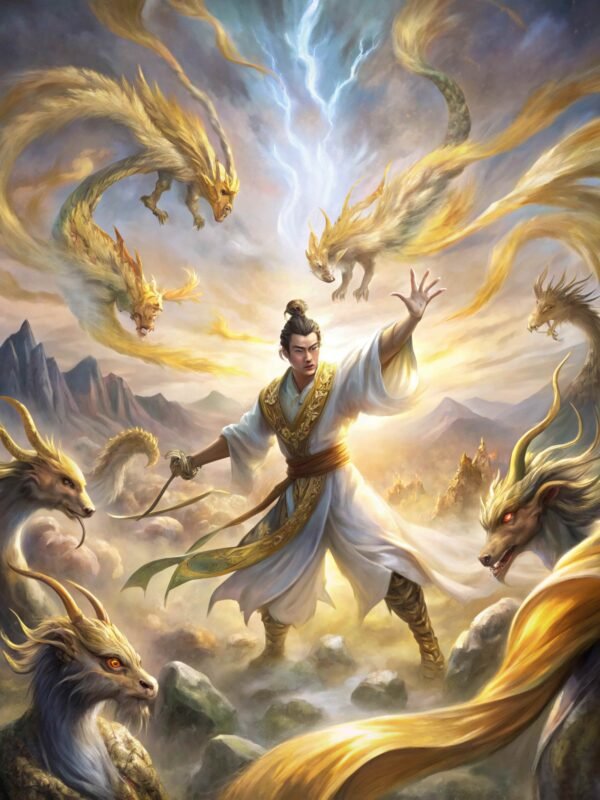
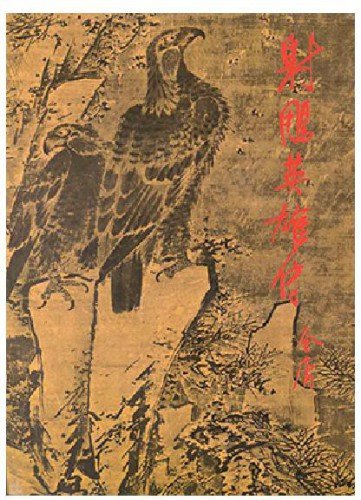
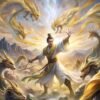
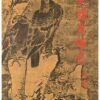
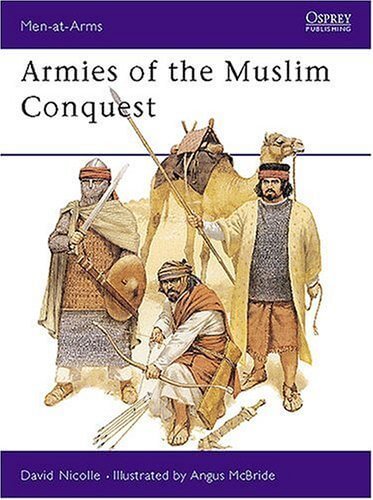
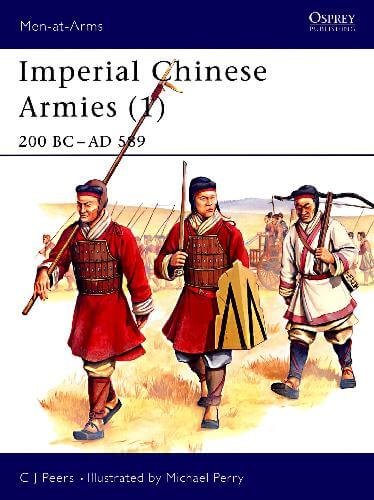
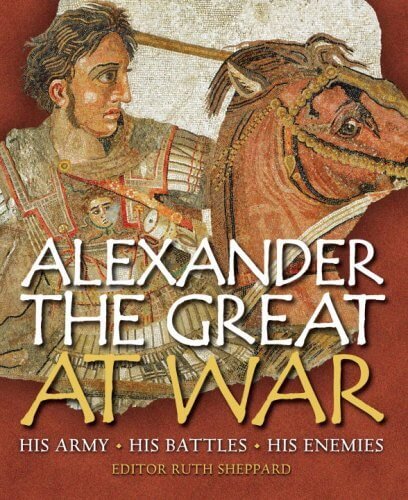
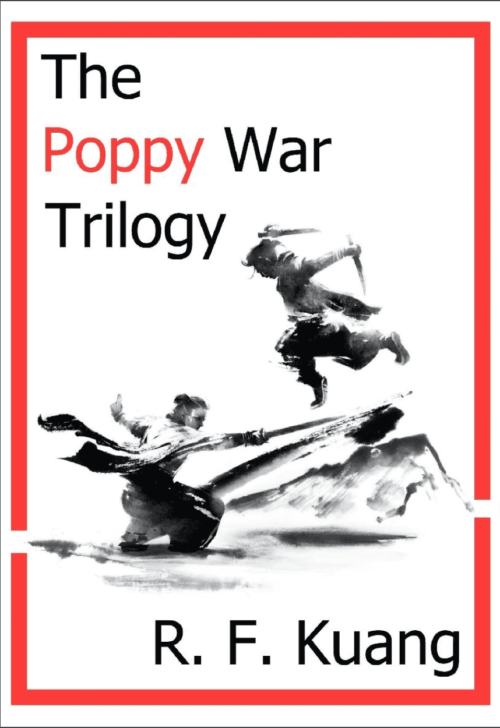
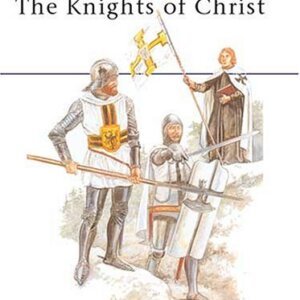
评价
目前还没有评价